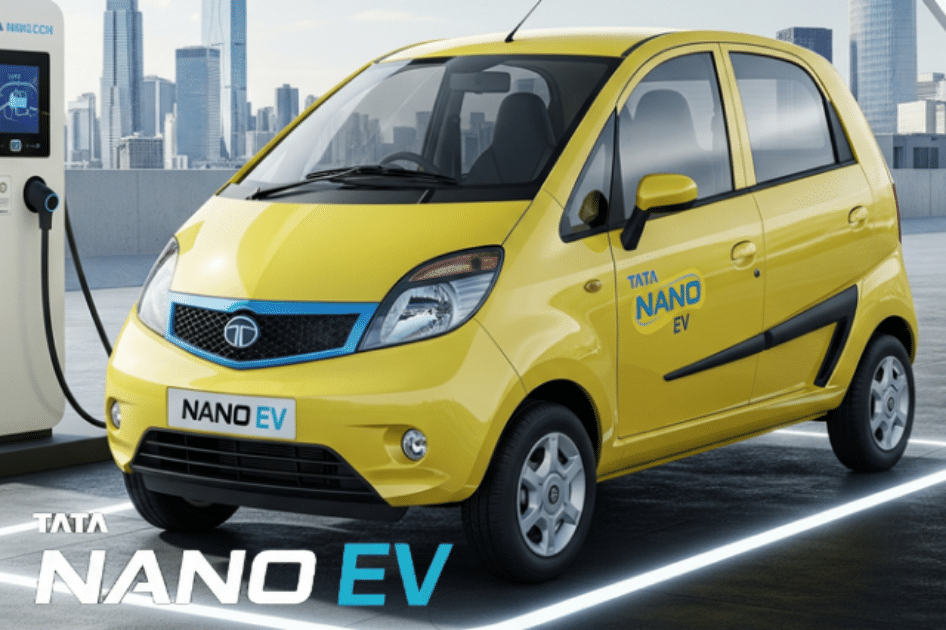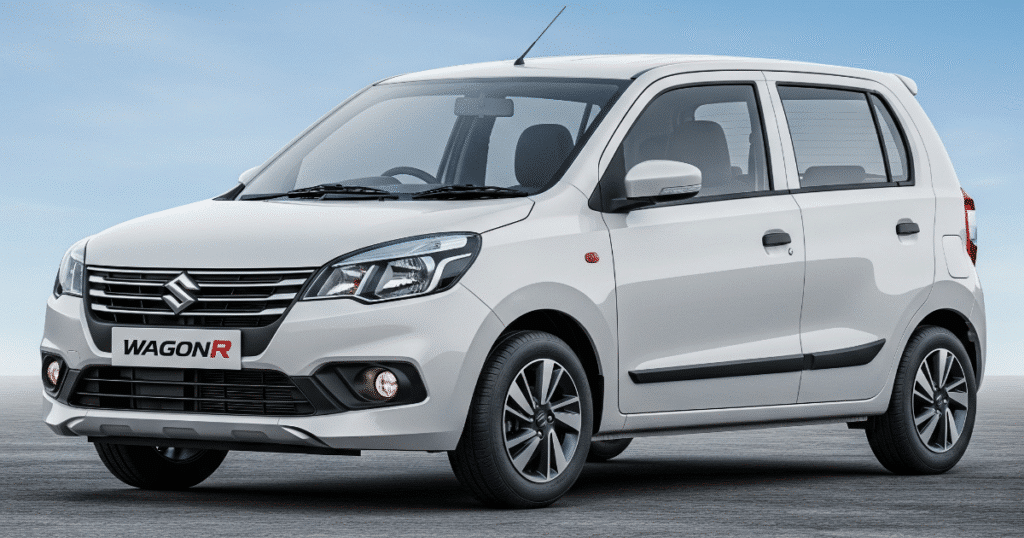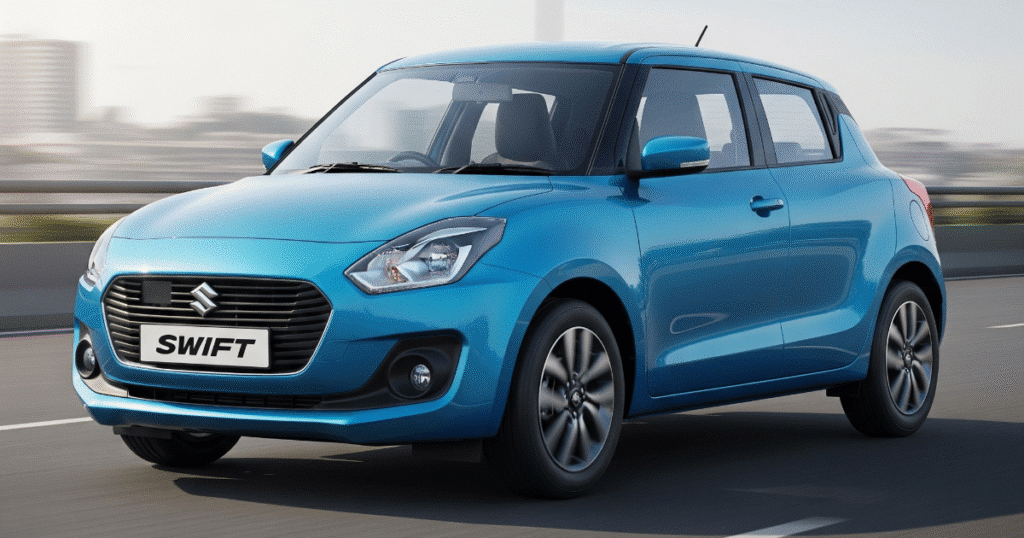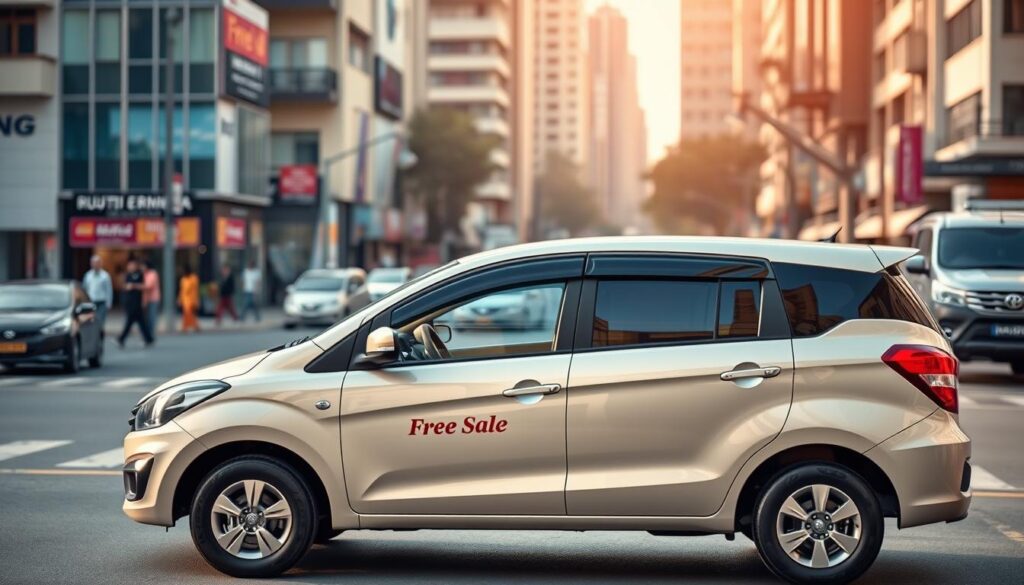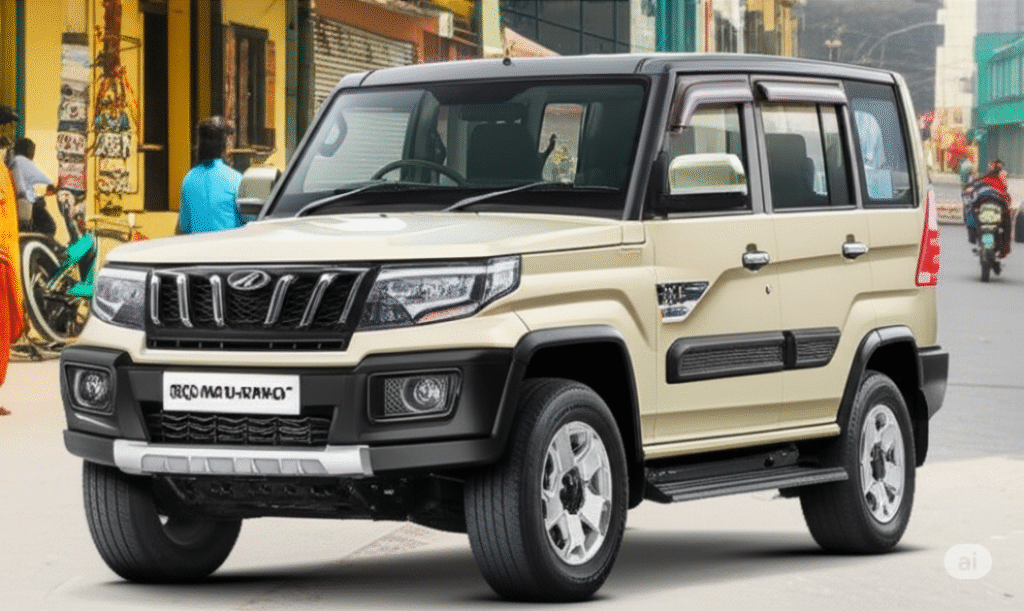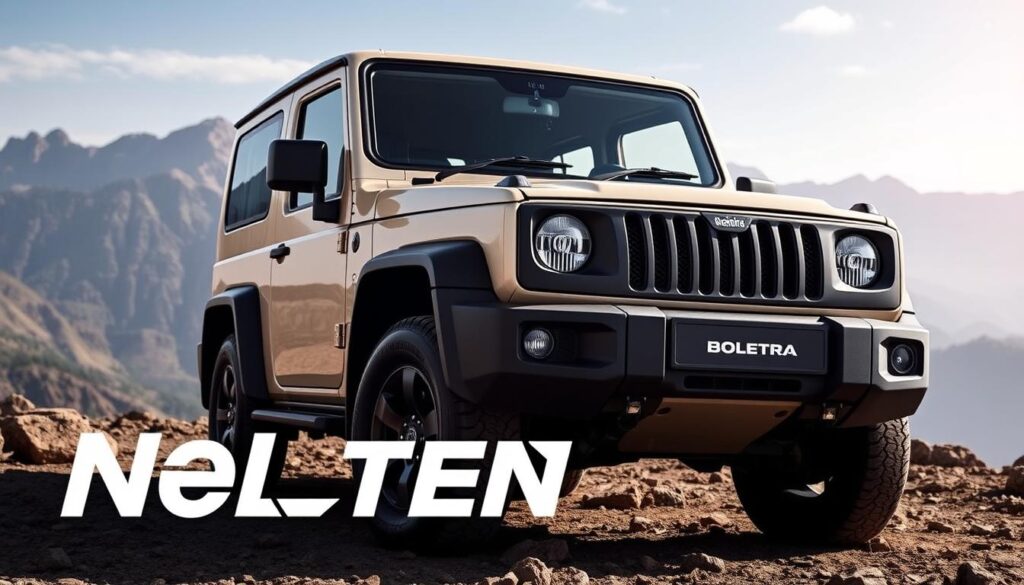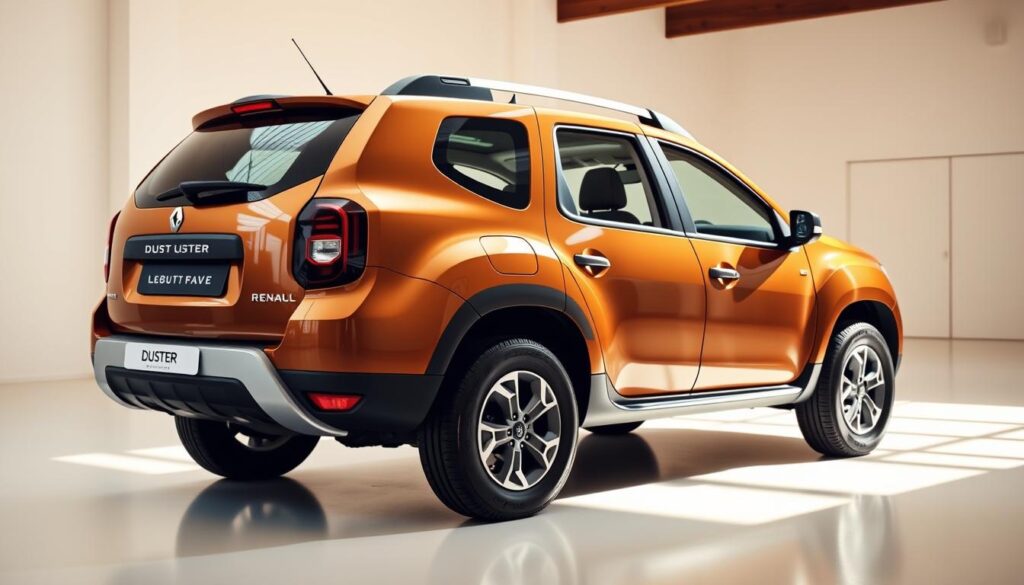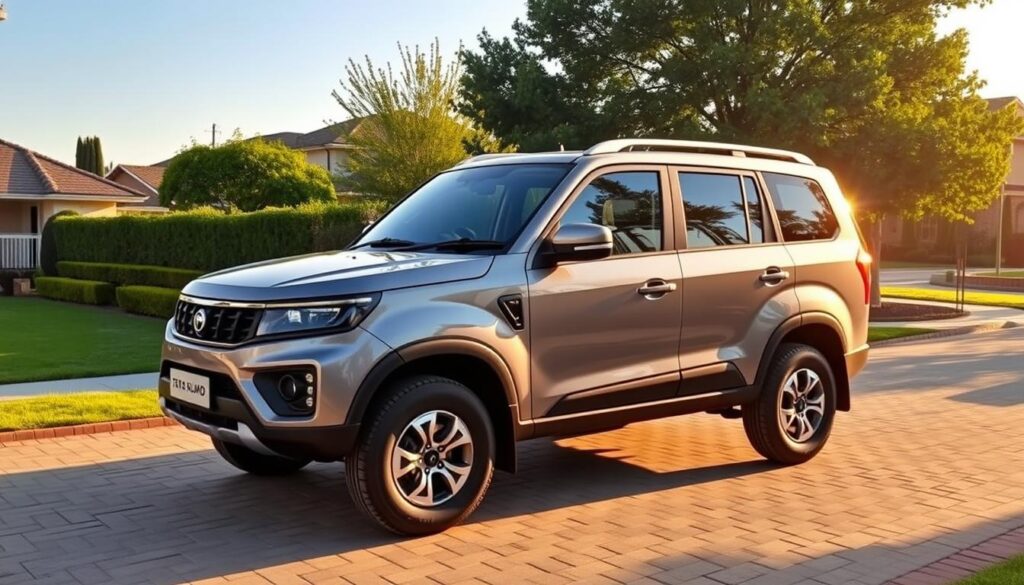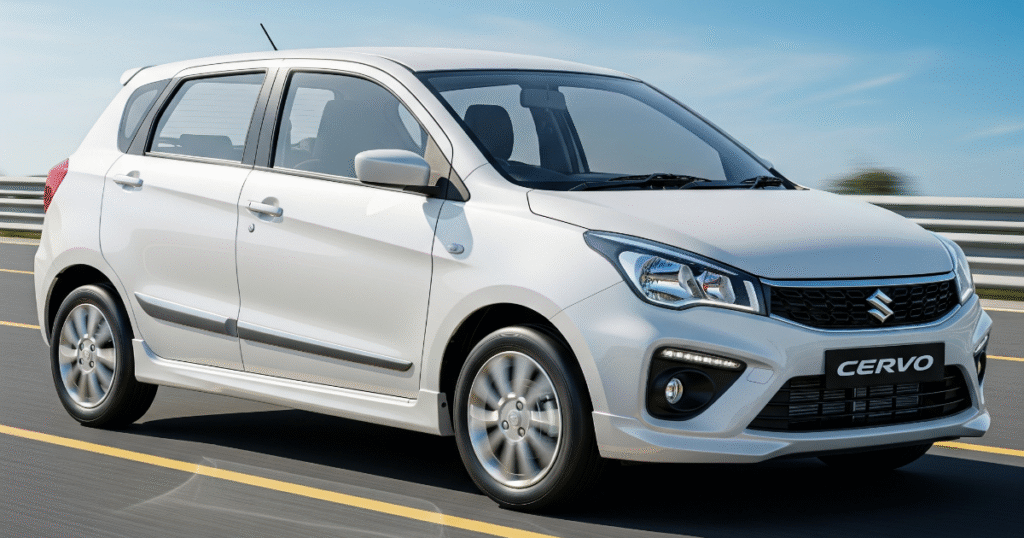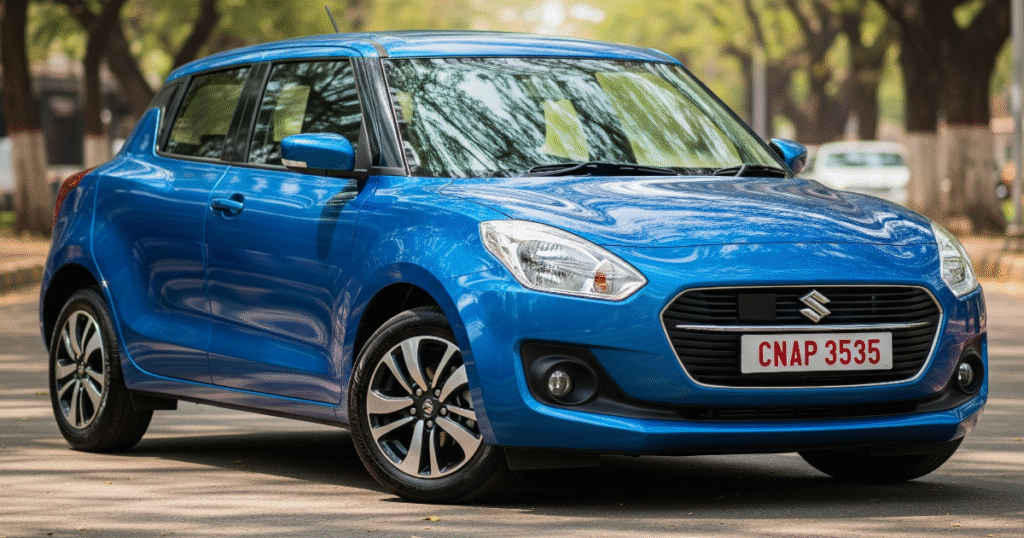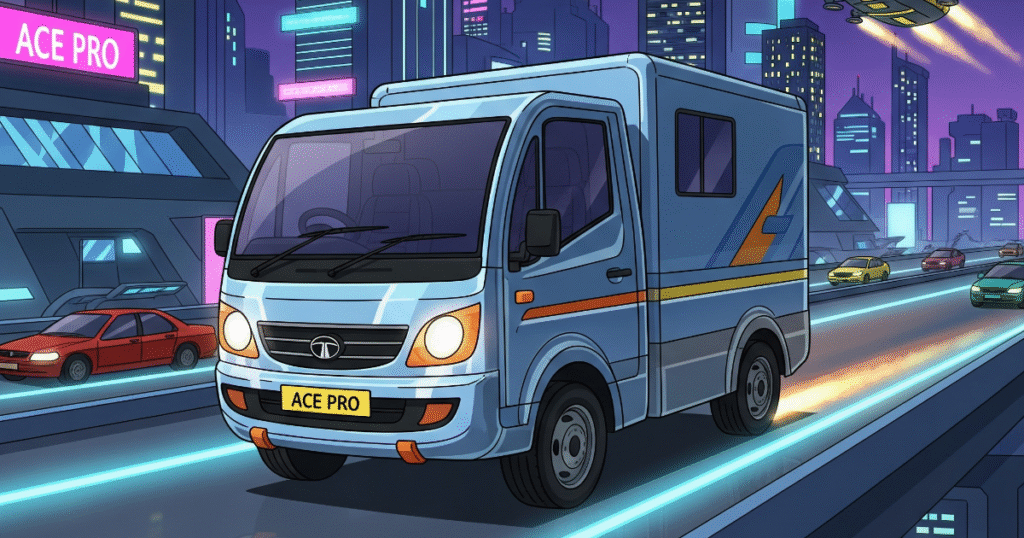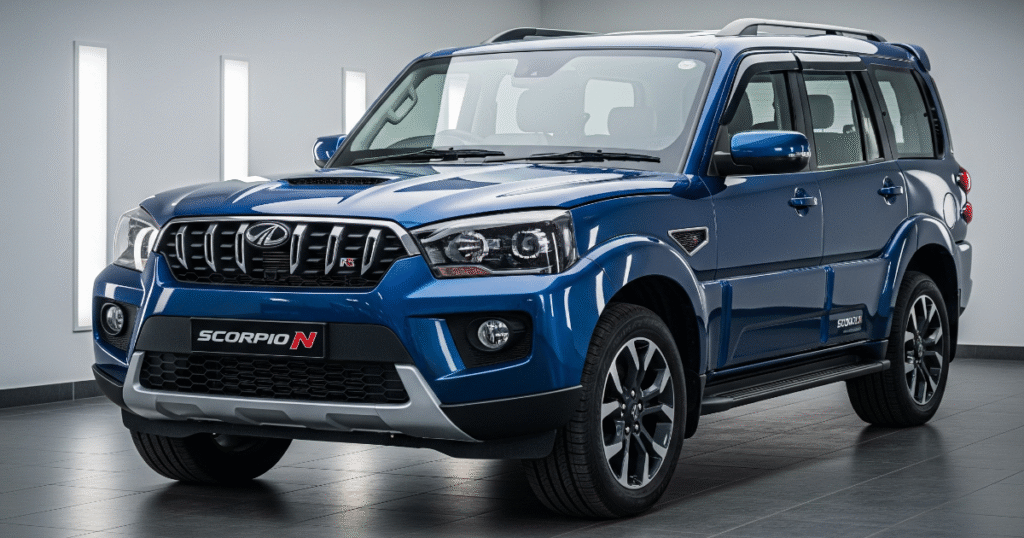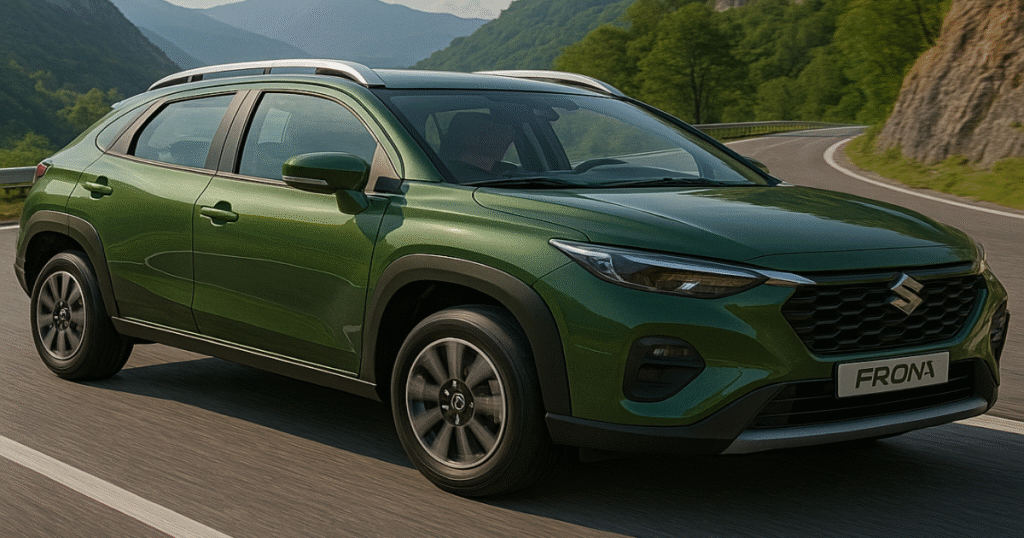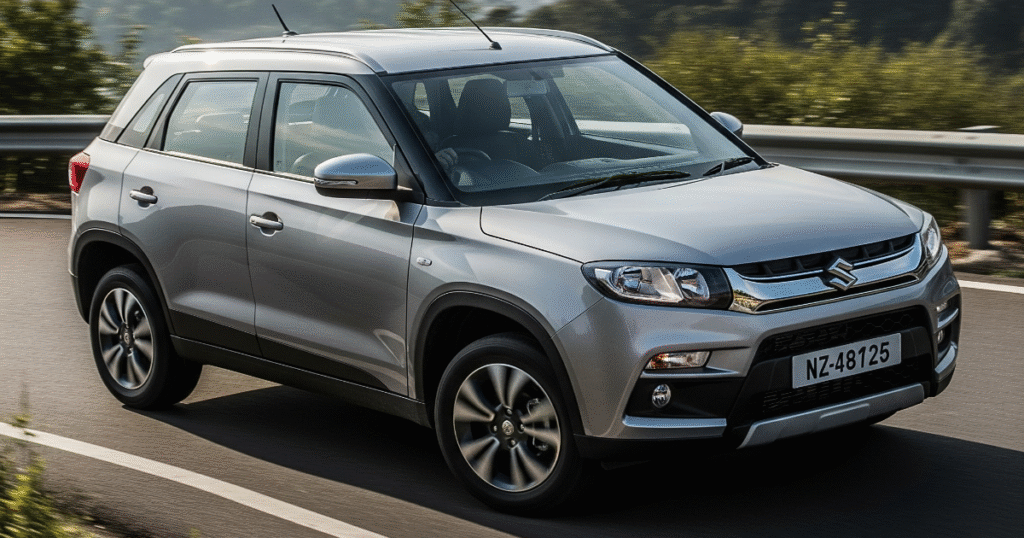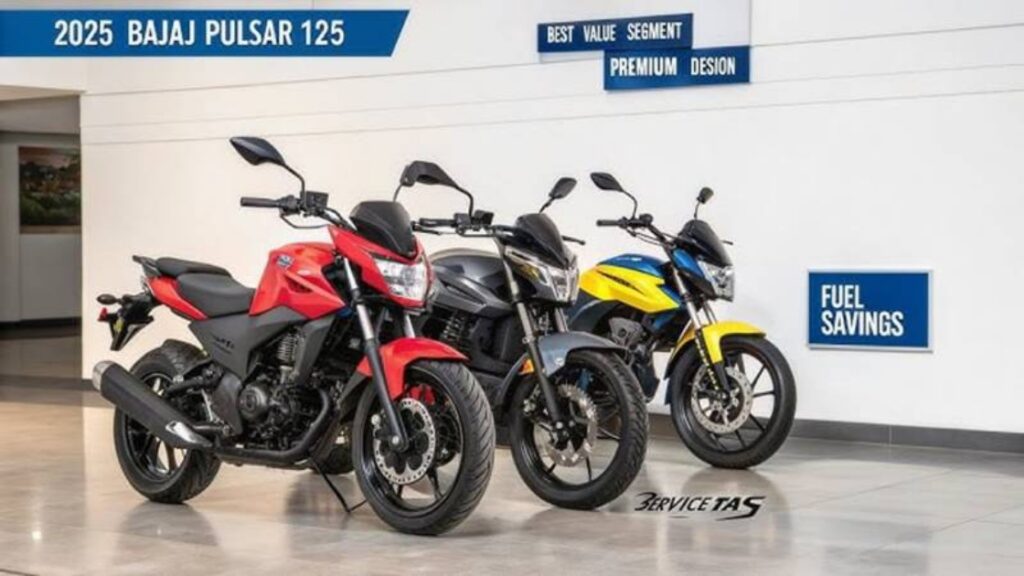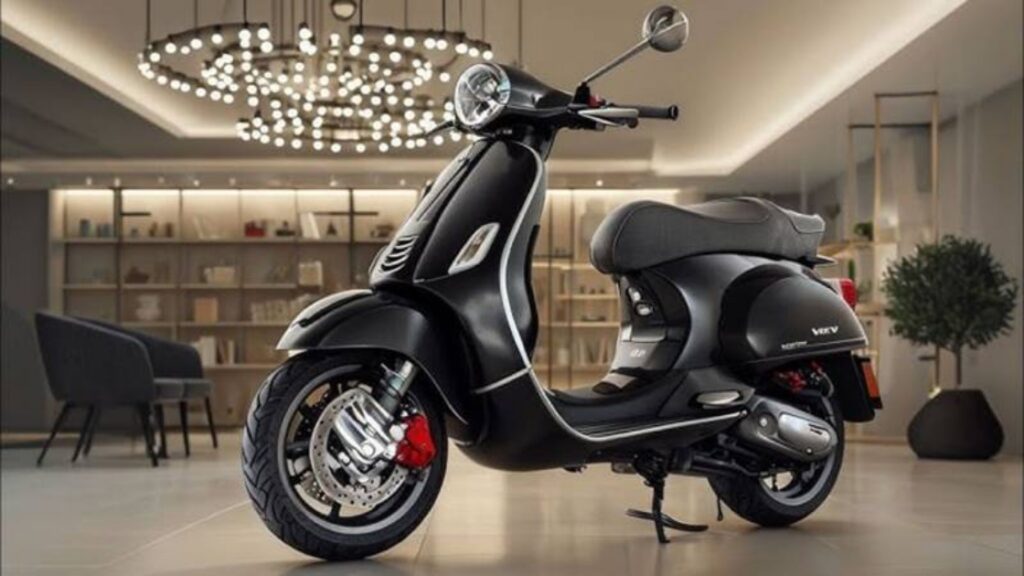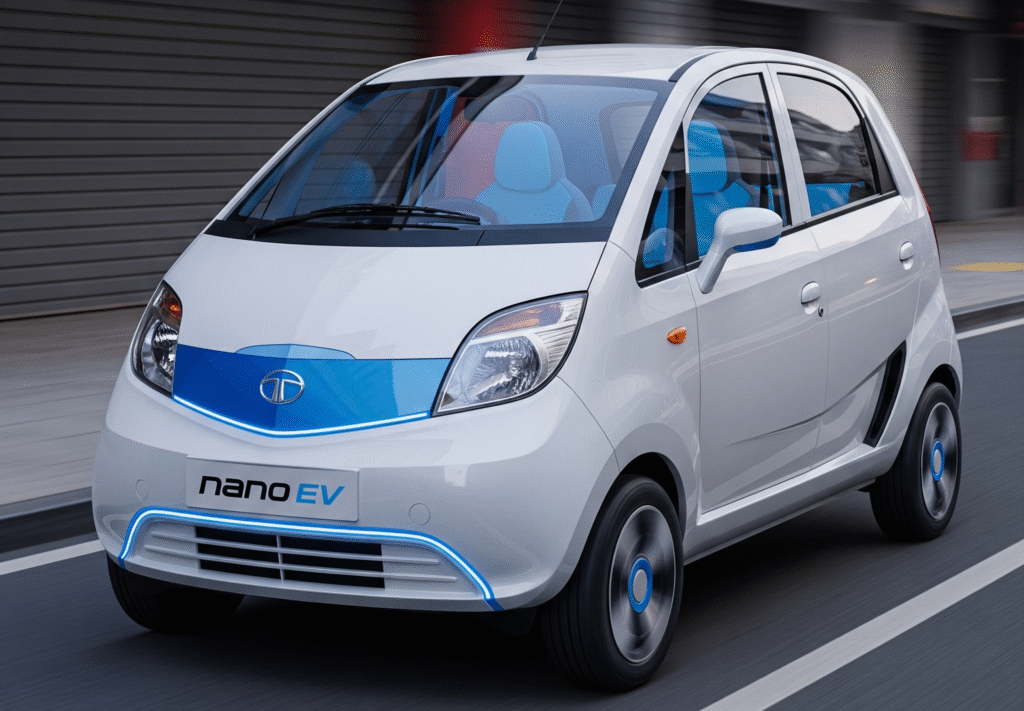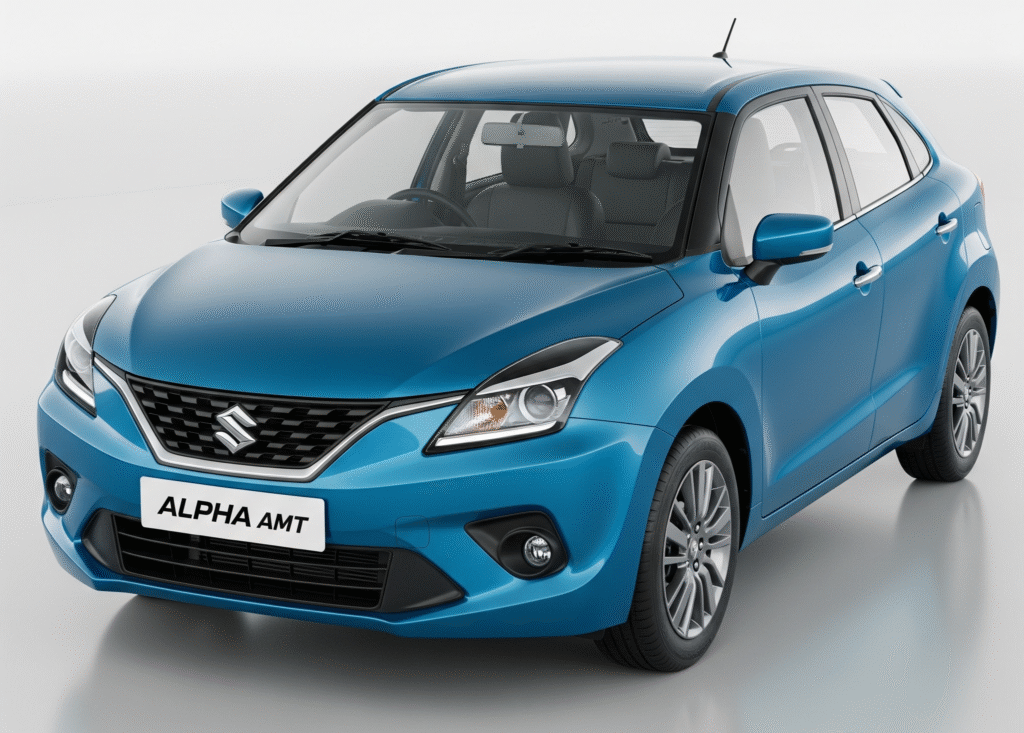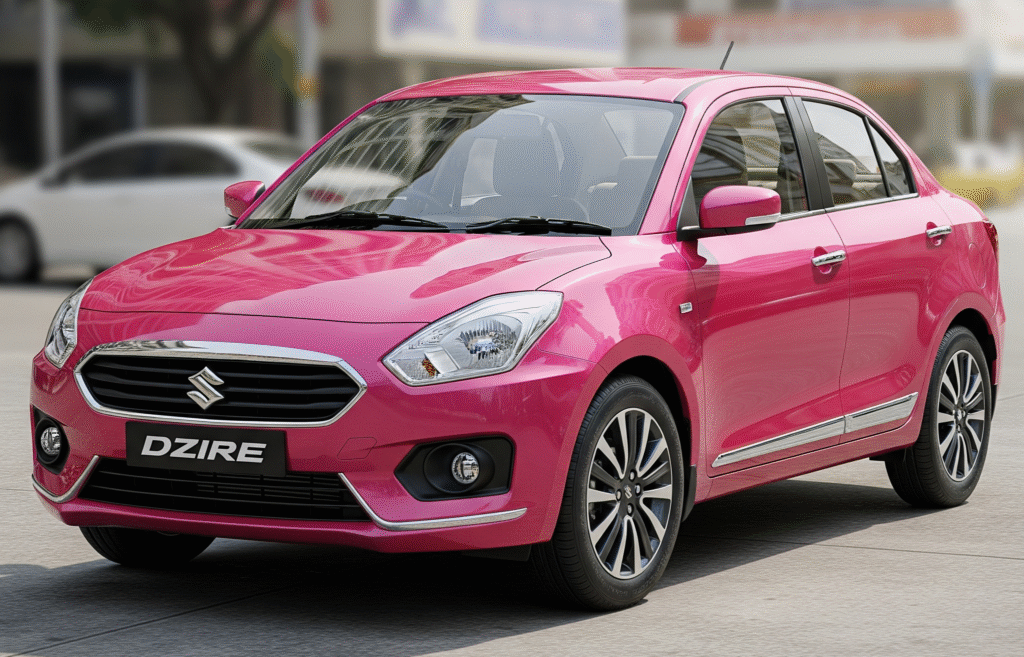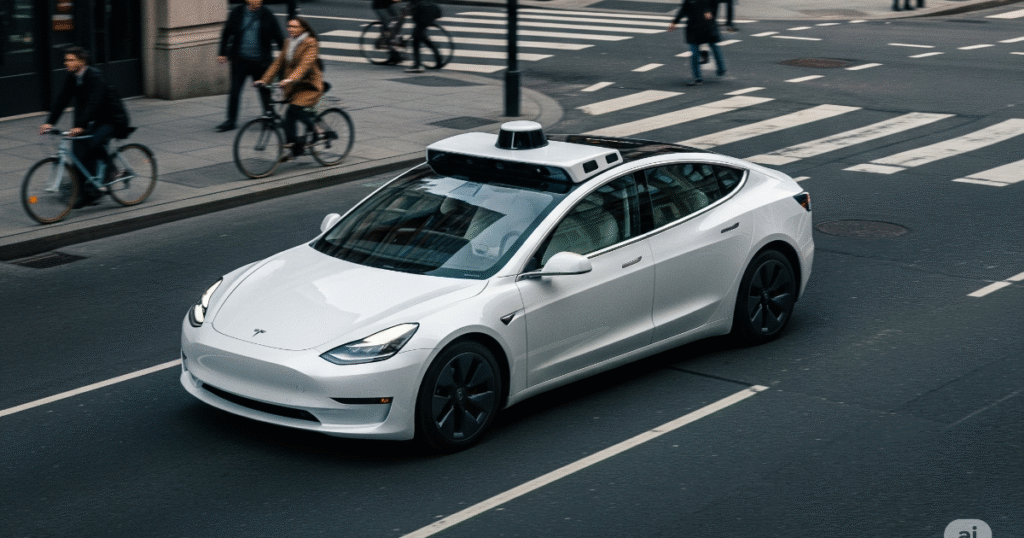
Tesla’s Robotaxi After a decade of promises, Tesla finally launches its driverless Robotaxi service in Austin. Get the full story in 5 key points on this major leap in autonomous tech!
Tesla’s Robotaxi Arrives: Decade of Musk Hype Ends in Driverless Rides
Austin, Texas – June 28, 2025 – After years of ambitious promises and a decade of development, Tesla has finally launched its highly anticipated driverless Robotaxi service in Austin, Texas.
The limited pilot program, which began on Sunday, June 22nd, marks a significant moment for the electric vehicle giant and the broader autonomous driving industry. While the rollout is currently modest, it represents a tangible step towards Elon Musk’s long-held vision of a vast network of self-driving cars.
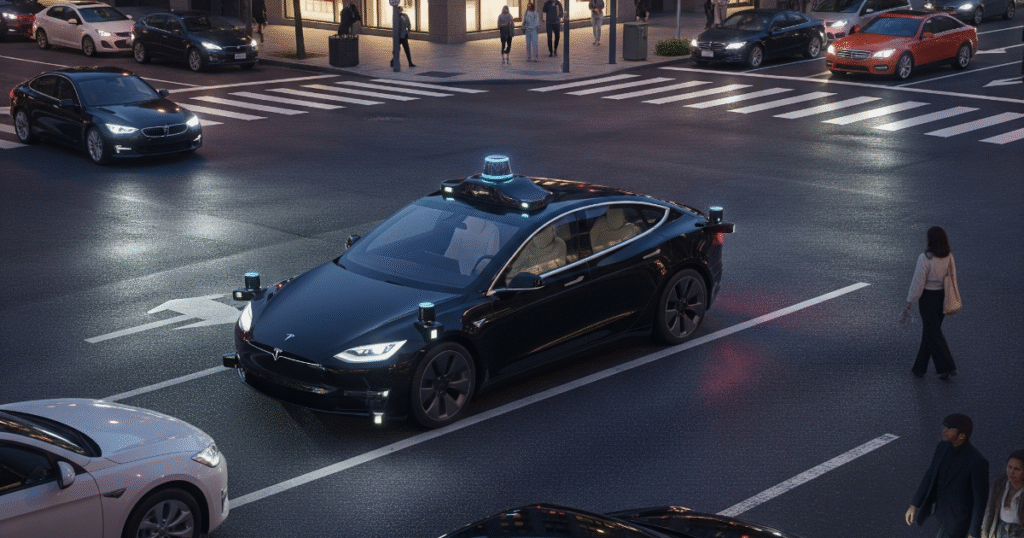
Here’s a closer look at the key aspects of this long-awaited launch:
1. A Decade of Promises Fulfilled (in Part):
Elon Musk has famously predicted the imminent arrival of Tesla robotaxis since as early as 2019, with promises of millions of vehicles on the road.
While the current deployment of 10-20 Model Y SUVs in a geofenced area of Austin is a far cry from “millions,” it’s the first time Tesla has offered fully autonomous rides to paying customers.
The CEO himself took to X to express his excitement, calling it the “culmination of a decade of hard work” for Tesla’s in-house AI chip and software teams.
2. Vision-Only Autonomy in Action:
Unlike competitors like Waymo, which utilize a blend of LiDAR, radar, and cameras, Tesla’s robotaxi system relies solely on cameras and its sophisticated Full Self-Driving (FSD) software.
This “vision-only” approach has been a point of contention and debate within the autonomous driving community, but Tesla maintains its efficacy.
Early testers, predominantly influencers and investors, have reported generally smooth rides, though some videos shared online have shown instances of unexpected braking or minor navigation quirks.
3. Controlled Rollout with Safety Measures:
The initial phase of the Robotaxi service is highly controlled. Rides are currently limited to a select group of invited users within specific geofenced areas of Austin, primarily in the south and central parts of the city.
To ensure safety, a human “safety monitor” is present in the front passenger seat during these initial trials, and vehicles are also monitored remotely. The service operates from 6 AM to midnight and may be limited during inclement weather, as Tesla prioritizes cautious expansion.
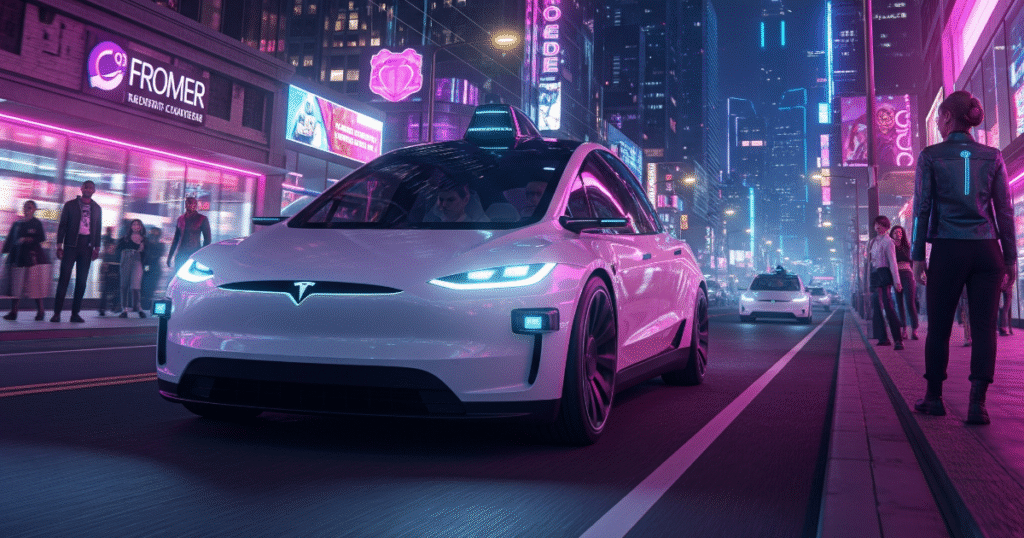
4. Flat Fee and App-Based Hailing:
Customers participating in the pilot program are charged a flat fee of $4.20 per ride, regardless of distance. Rides are hailed through a dedicated Tesla Robotaxi app, which allows users to set their destination and view estimated arrival times. The app also features a “Just Kidding” tipping option, adding a humorous touch that Elon Musk himself acknowledged.
5. Regulatory Scrutiny and Future Outlook:
Tesla’s Robotaxi launch comes amidst ongoing regulatory scrutiny of autonomous vehicles. Texas lawmakers had even urged Tesla to delay the launch until new state laws regarding autonomous vehicles take effect in September 2025.
While the initial feedback has been mixed, with some praising the seamless experience and others highlighting minor glitches, the deployment marks a significant competitive step for Tesla.
Tesla’s Robotaxi: The company’s ability to scale the service beyond Austin and navigate the complex regulatory landscape will be crucial to realizing Musk’s grand robotaxi ambitions and its potential impact on the broader ride-sharing market.
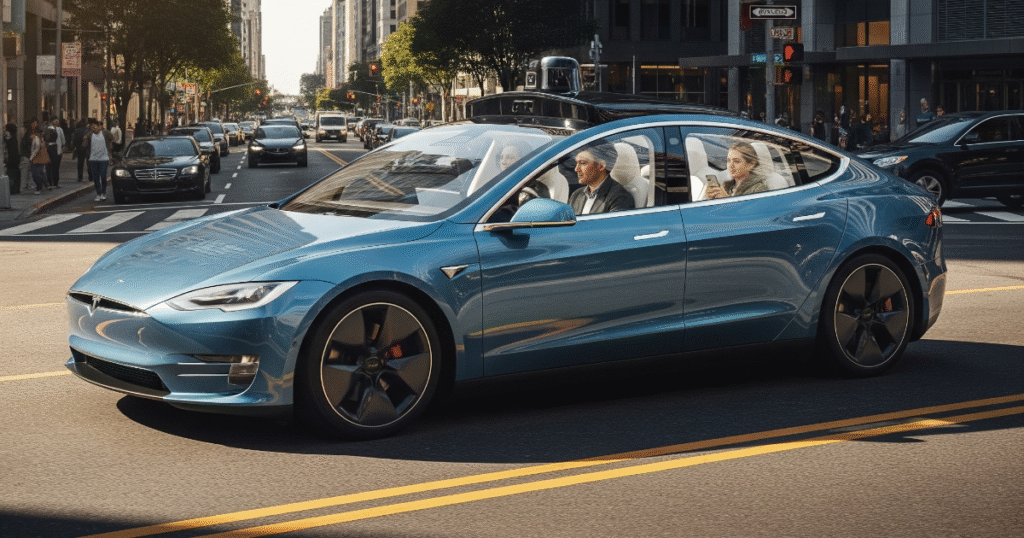
Tesla’s Robotaxi Conclusion:
The launch of Tesla’s Robotaxi service in Austin marks a significant, albeit cautious, step forward in the company’s ambitious pursuit of autonomous driving.
After a decade of bold pronouncements from Elon Musk, the presence of actual driverless vehicles picking up passengers, even in a limited capacity and with safety monitors, signals a tangible shift from hype to nascent reality.
However, the road ahead is far from smooth. Tesla’s reliance on a vision-only system continues to face scrutiny, and early reports of minor incidents and regulatory inquiries highlight the inherent challenges of deploying such cutting-edge technology in real-world environments.
The ability to scale this service beyond a small geofenced area, address regulatory concerns, and ultimately prove the safety and reliability of its autonomous system will determine whether Tesla’s Robotaxi becomes a transformative force in urban mobility or remains a niche experiment.
As the autonomous vehicle industry matures, the race for widespread adoption will depend not just on technological prowess, but also on public trust and robust regulatory frameworks.
Also Read: Tata Motors Ace Pro India’s Most Affordable 4 Wheel Mini Truck
Visit: Cheapest Sale

Hey I am Srimanta Pradhan brings 10 years of experience to News Broadcast and Marketing, specializing in effective communication.A specialized content writer with a decade of expertise crafting compelling narratives for News Broadcast and Marketing. Transforms complex information into engaging, impactful content.

